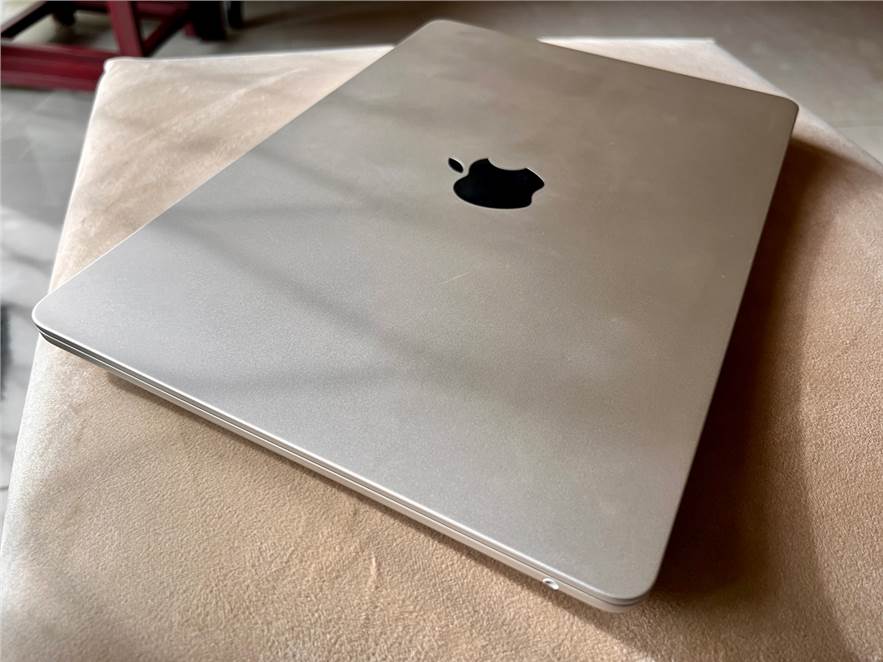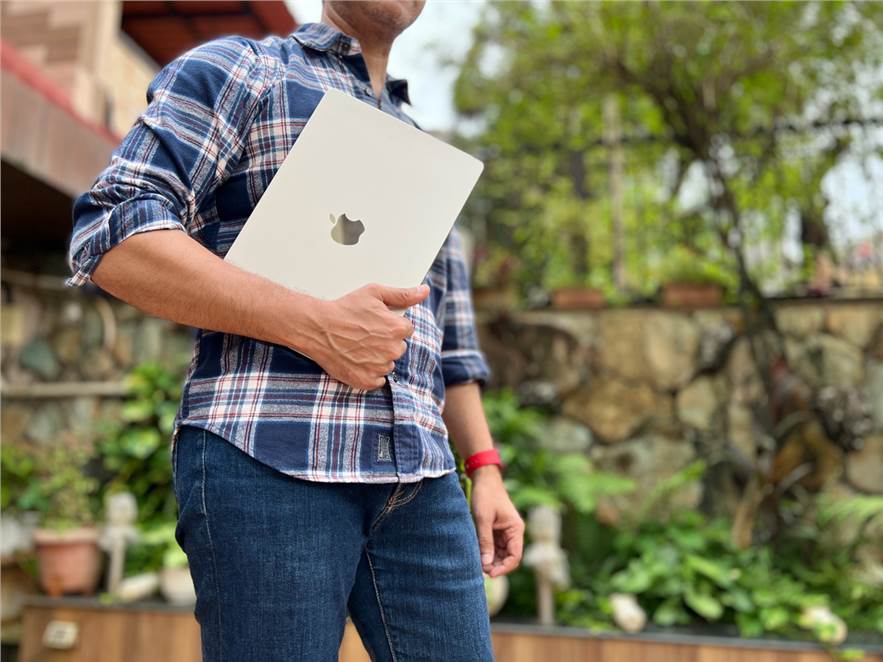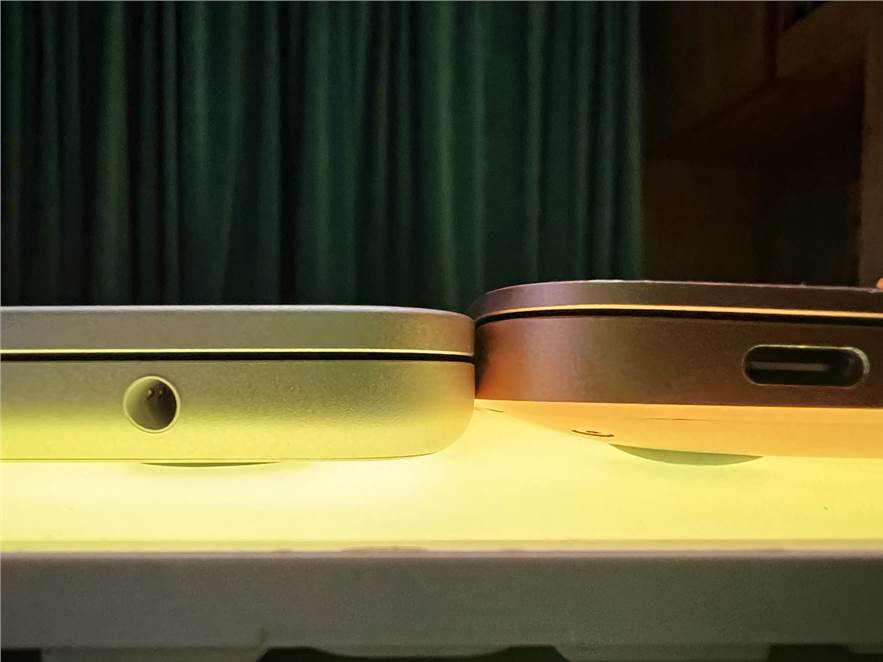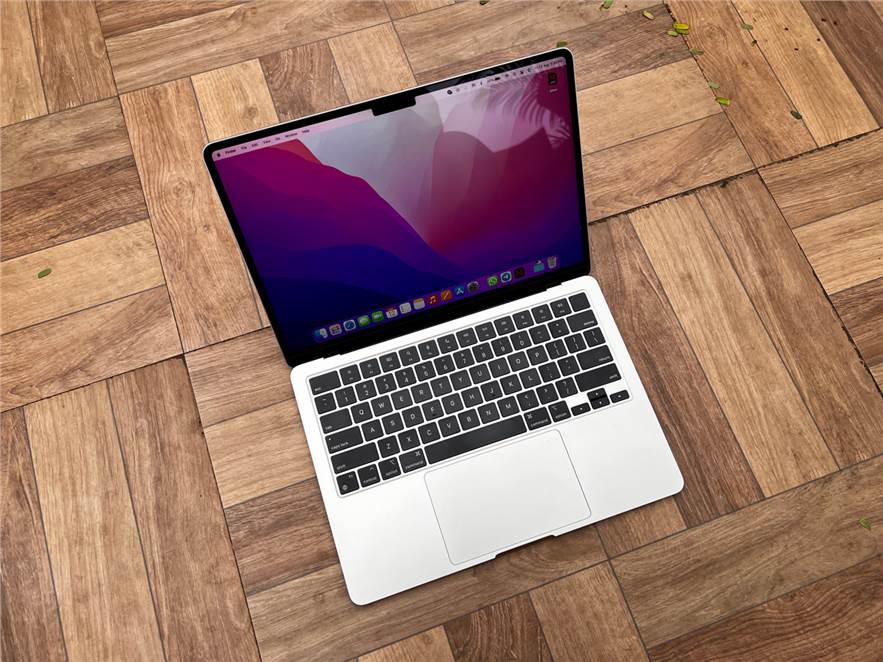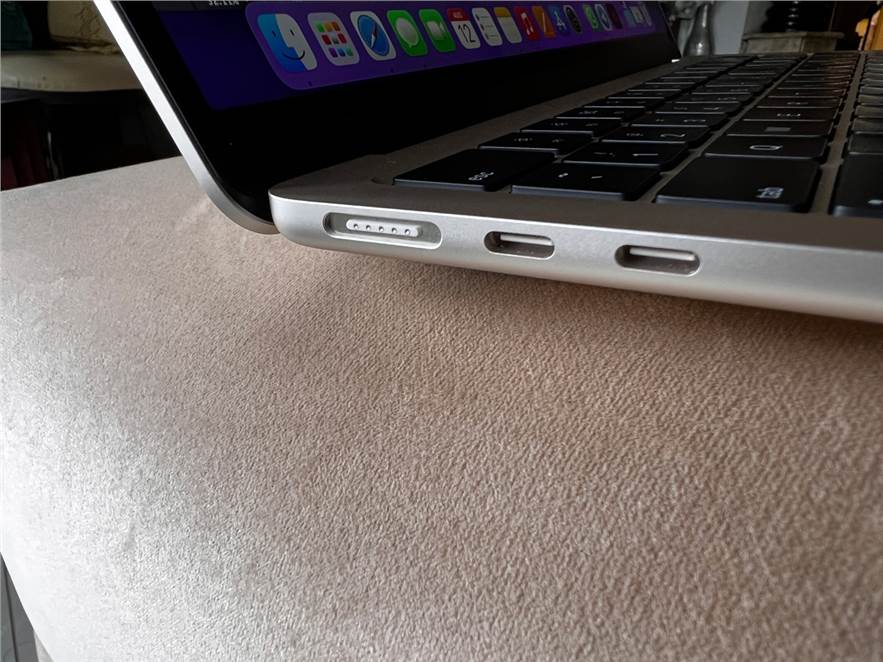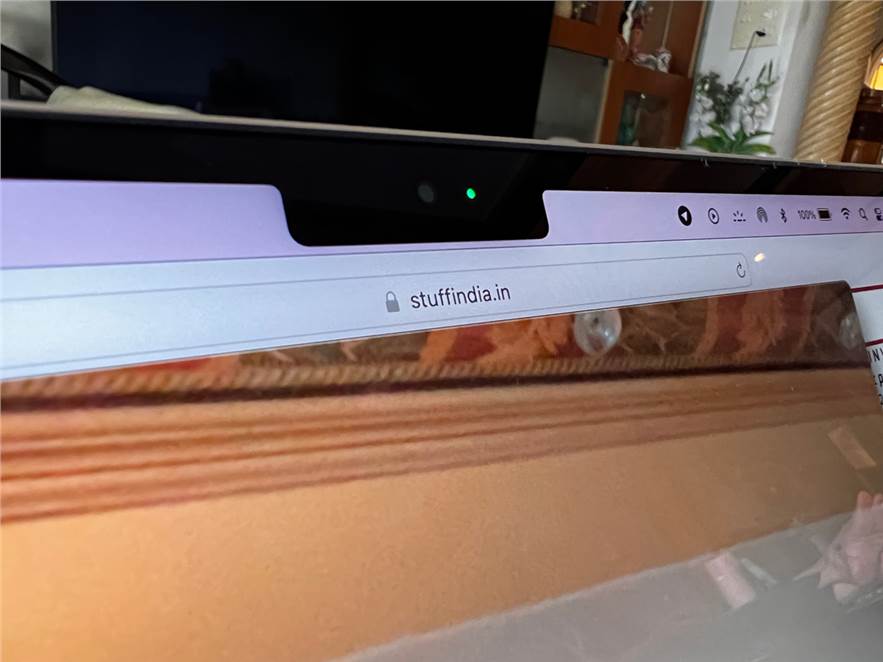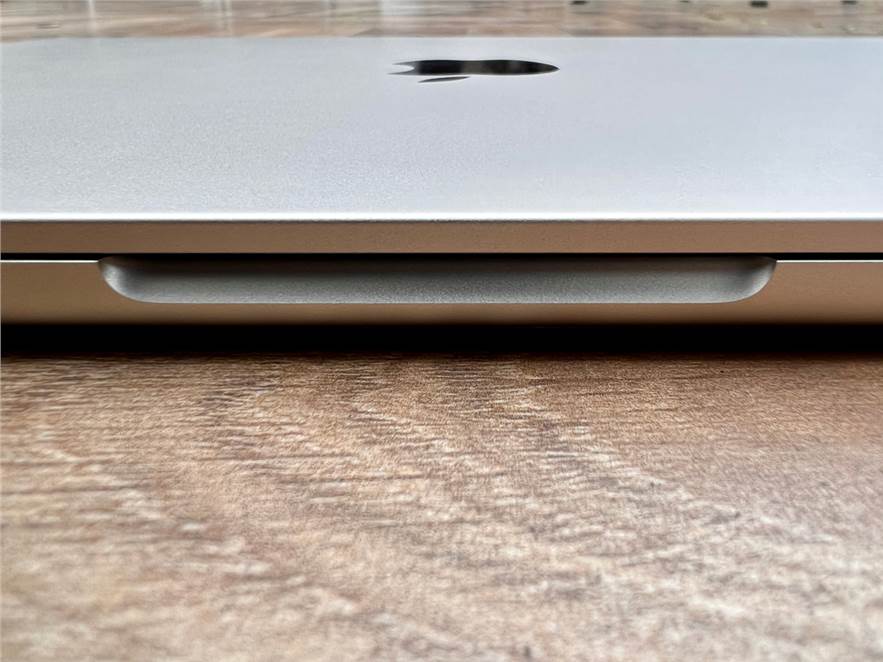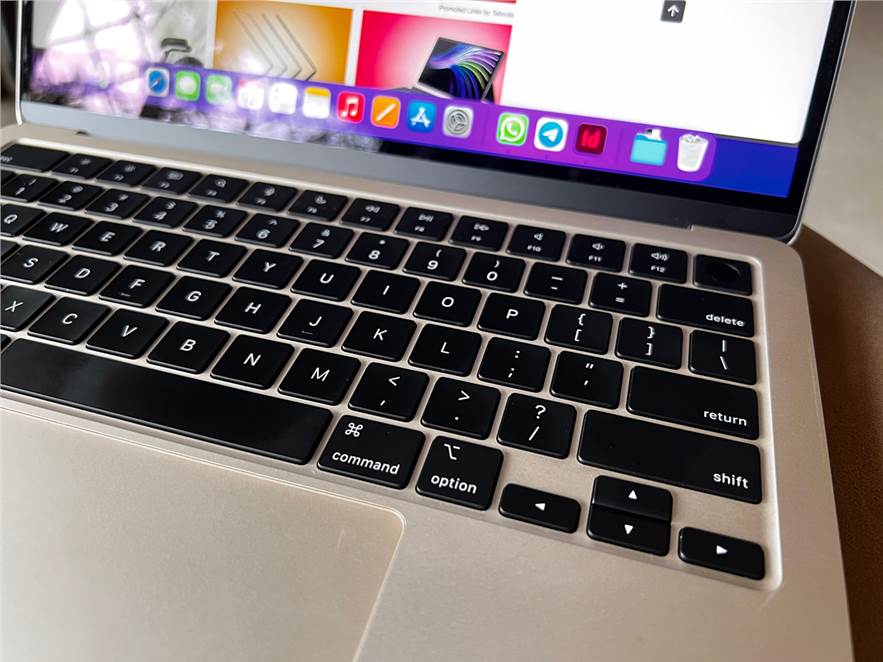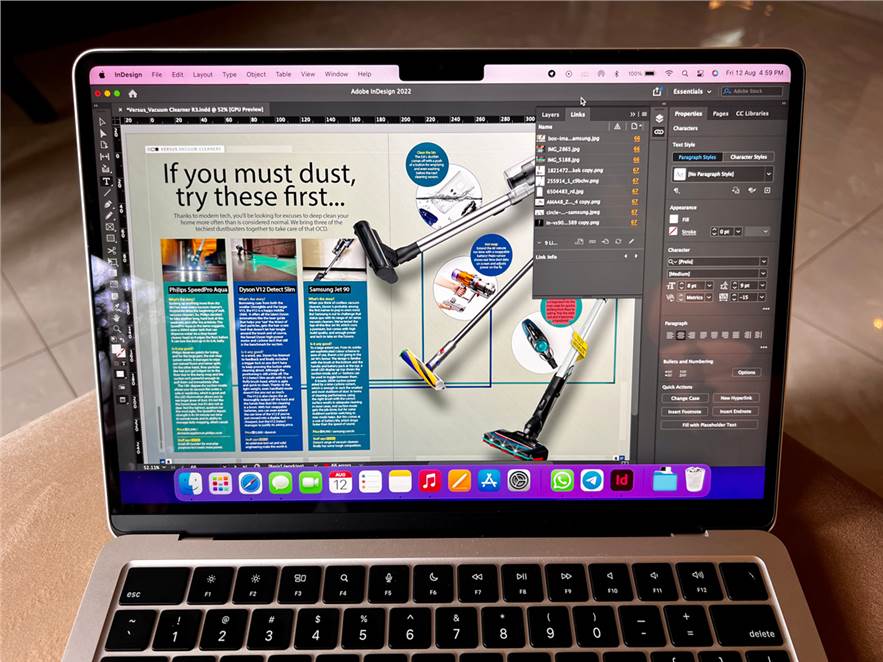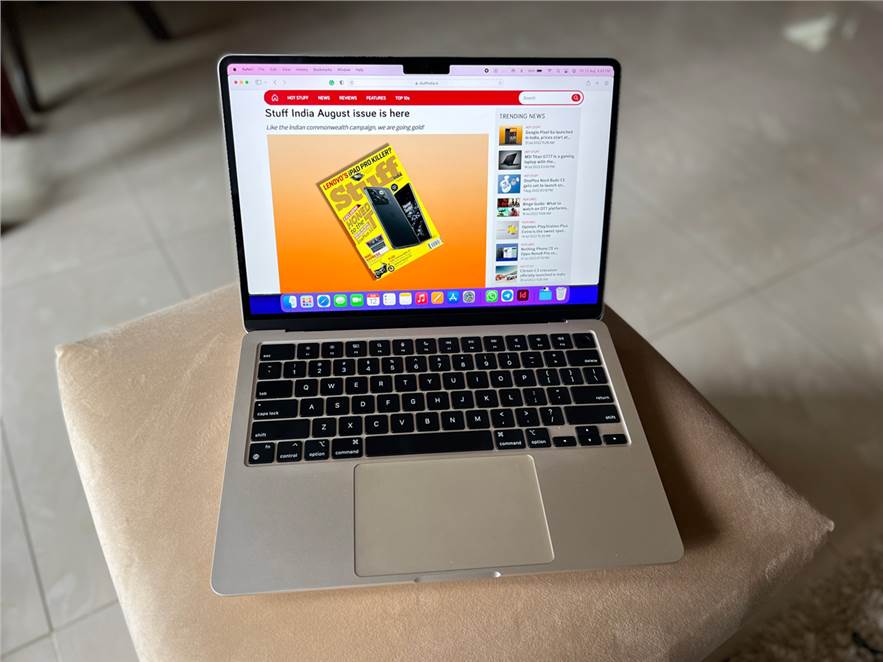Not one to take complete redesigns lightly, Apple has taken its sweet time to refresh the beloved MacBook Air. From its Manila envelope days to its big-brother MacBook Pro hangover, it’s been a journey that has made it probably the most popular of Apple computers. So, gone is the iconic wedge-shaped silhouette and instead, you now get a softer, flatter and generally more modern aesthetic that is in line with the recently refreshed MacBook Pro line. In fact, with Apple’s penchant for deleting branding from its products, there is no way of knowing what computer you’re using between the MacBook Pro 14in and this new MacBook Air 13.6in, which measures in at almost the same screen size.
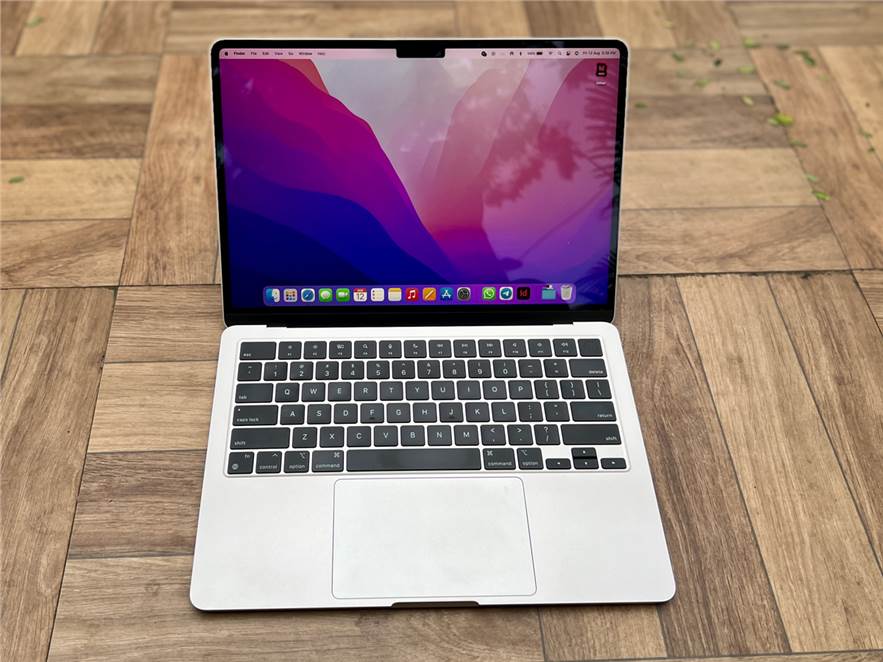
.jpg&w=35&h=35&c=1)
